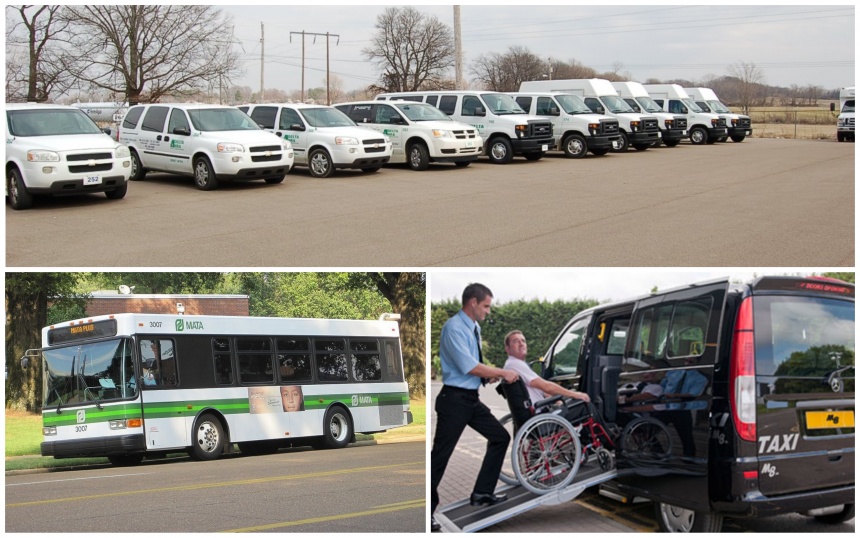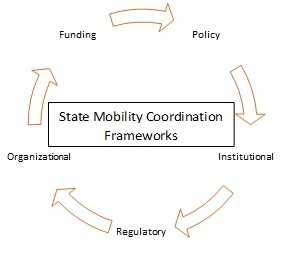Nashville healthcare organization partners with local transit
- Author: Laurel Schwartz
- Date: November 28, 2023
In Nashville, TN, Neighborhood Health, a nonprofit organization that serves patients regardless of their ability to pay, partners with the city’s transit organization to get people to appointments.



